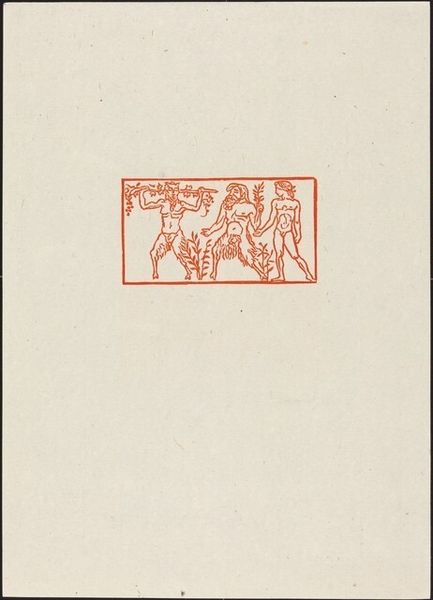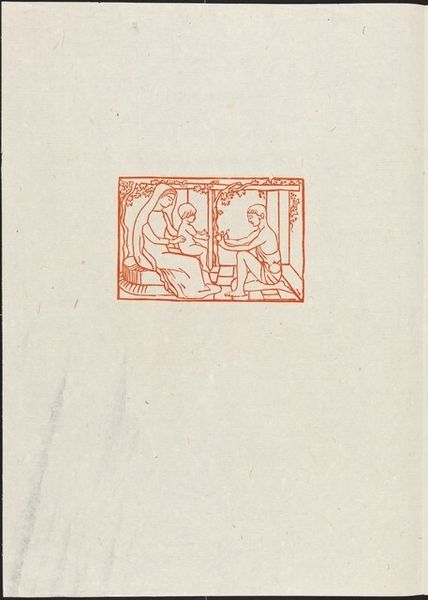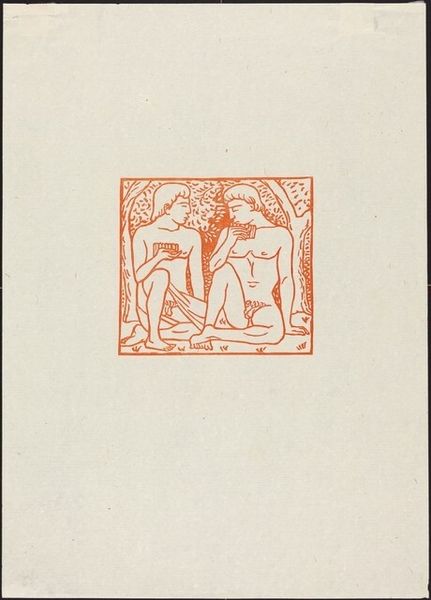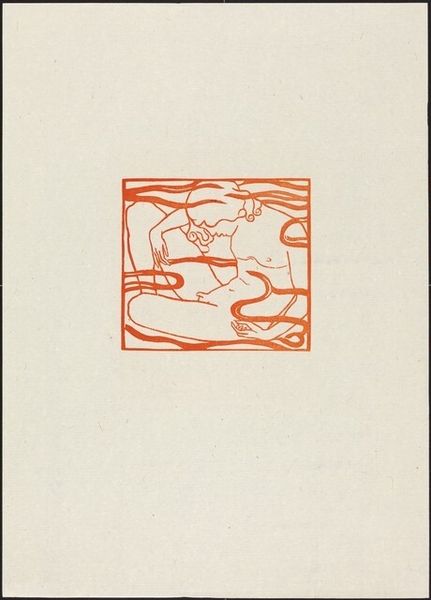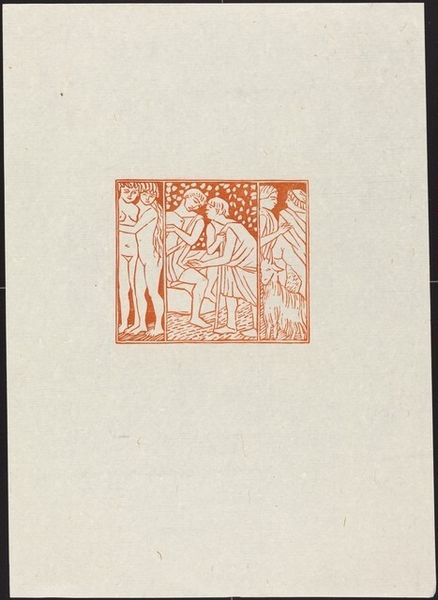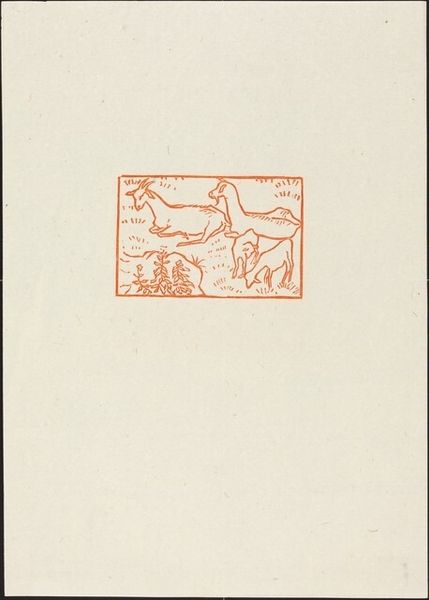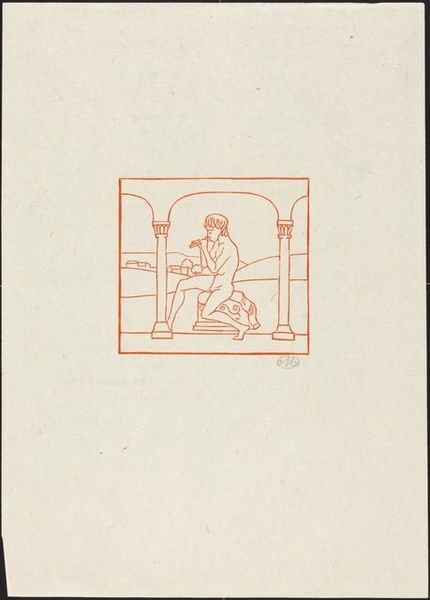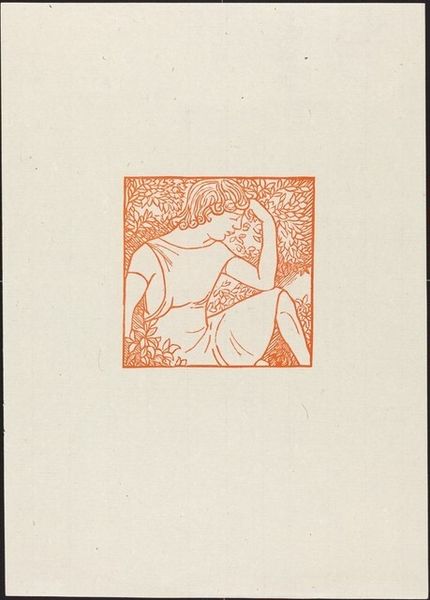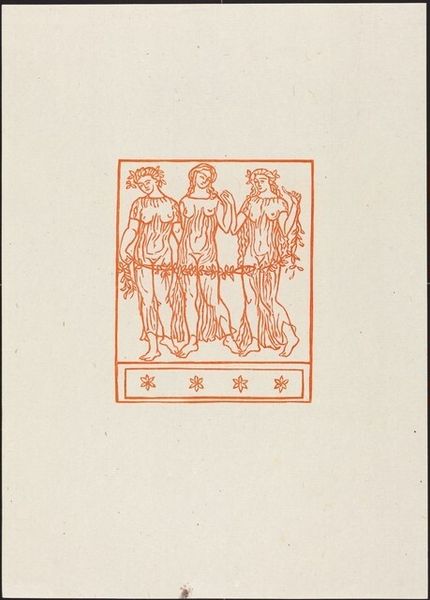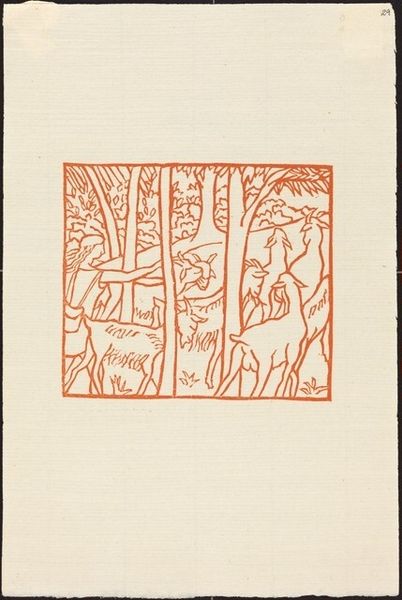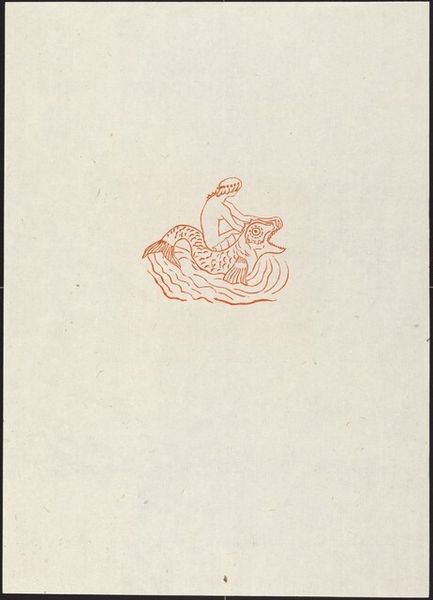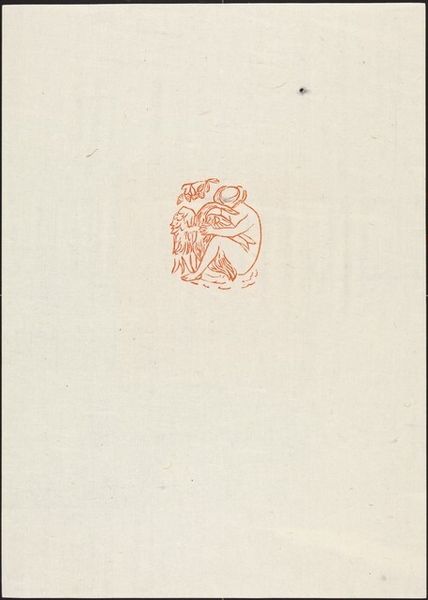![Fourth Eclogue: The Earth Pours Freely Her Presents (Jeunes filles ...) [right] by Aristide Maillol](/_next/image?url=https%3A%2F%2Fd2w8kbdekdi1gv.cloudfront.net%2FeyJidWNrZXQiOiAiYXJ0ZXJhLWltYWdlcy1idWNrZXQiLCAia2V5IjogImFydHdvcmtzL2RlMDhkZWZkLWQxNTctNDcyOS04NzkwLTRiOWZlZTI0YmUxNS9kZTA4ZGVmZC1kMTU3LTQ3MjktODc5MC00YjlmZWUyNGJlMTVfZnVsbC5qcGciLCAiZWRpdHMiOiB7InJlc2l6ZSI6IHsid2lkdGgiOiAxOTIwLCAiaGVpZ2h0IjogMTkyMCwgImZpdCI6ICJpbnNpZGUifX19&w=1080&q=75)
Fourth Eclogue: The Earth Pours Freely Her Presents (Jeunes filles ...) [right] Possibly 1926
0:00
0:00
drawing, lithograph, print, ink
#
portrait
#
drawing
#
lithograph
# print
#
landscape
#
classical-realism
#
figuration
#
ink
#
genre-painting
Copyright: National Gallery of Art: CC0 1.0
Editor: This is "Fourth Eclogue: The Earth Pours Freely Her Presents," a lithograph by Aristide Maillol, likely from 1926. I find the women depicted have a classical stillness. What kind of commentary might Maillol be offering through these female figures? Curator: Maillol presents a carefully constructed vision, drawing upon classical ideals. Yet, it is vital to ask ourselves: what does this ideal conceal? How might these representations reinforce or challenge societal norms regarding women's roles and identities, even today? Editor: That is a fascinating perspective! Are you saying that this idealized representation could still uphold unequal power structures? Curator: Absolutely. We need to consider whose perspectives are privileged within this idyllic scene, and at whose expense. Is the simplicity also silencing? Where is agency depicted here, or agency denied? Are these figures allegorical representations of real people, or purely classical symbols of feminine and aesthetic forms? Editor: That really reframes how I look at the drawing. I hadn't thought about the power dynamics inherent in portraying women in such a specific way. I was focused more on the surface and symbolism rather than who that symbolism benefits. Curator: Precisely. By interrogating the assumptions embedded in these artistic choices, we can begin to unravel the complexities of representation and its social impact. Editor: I see that there is always an artist's voice involved and a community impacted by how the artist presents the subject matter. Curator: It's about acknowledging that art isn't created in a vacuum; it's always participating in ongoing dialogues.
Comments
No comments
Be the first to comment and join the conversation on the ultimate creative platform.
